Living together 3: company limited by shares – Martin Prosser of Sunflower Cohousing

This article is the result of a discussion with Martin Prosser of Sunflower Cohousing in France. It’s the third in a series of articles about setting up alternative, co-operative living arrangements – cohousing, community land trusts, housing co-ops, intentional communities etc. A group of us in London hope to gather information to help us start our own project. More on that here.
Over to Martin:
Legal structure of cohousing communities
Cohousing, as a loose definition, is a community where individuals or couples come together to share common goals, to share the workload of those common goals, but at the same time, where those same individuals and couples have their own private living accommodation. I would suggest that it is the innate difficulty in combining shared communal spaces and shared communal buildings with privately ‘owned’ living accommodation which will complicate the legal structure which the community will want to put in place.
I don’t have the necessary legal expertise to be able to advise you upon such a legal structure. What I would suggest, however, is to approach the question from a different angle – set down in writing, precisely, how you want your cohousing society to proceed, and then go to your solicitors and ask them to prepare a legal format which will meet those requirements.
First and foremost in my opinion, you need to consider the question as to whether it is the community, or the individual investor, who might benefit as a consequence of any increase in value in a particular property, or the community site as a whole, following traditional market influences and/or works undertaken by the community, and that you should tailor your legal structure accordingly.
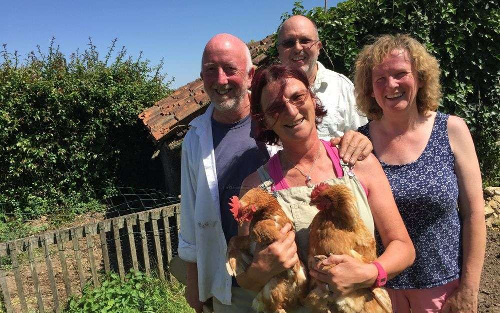
You also need to consider other purposes of the legal structure – these are, in my opinion:
1. to provide a vehicle which will allow your group to purchase a suitable property or land:
Any legal entity which enables the community as a group to purchase the freehold or a long leasehold of suitable property or land should suffice.
2. to be in a format which would be acceptable to a lending institution in the event that your society needs to borrow monies to enable the purchase of the land/property and subsequent development:
Again, any legal entity which allows the group to offer that property or land as security to a lending institution should suffice – beware, however, that that institution will also be looking to ensure that your group will be able to meet regular mortgage repayments – your group will have no track record, and as such, the lending institution will be looking for guarantors, and it may be that some of your members will not have a suitable track record to enable them to act as guarantors, so alternative guarantors might be required.
3. if you want to go down that route, to be in a format which would be acceptable to a lending institution in the event that individual members need to borrow monies to fund their initial investment:
This comes back to the initial over-riding question – for individuals to borrow money, they are going to need security to offer a lending institution, either the freehold or a long leasehold of their individual property. In that event, I would suggest that there is no way in which the community might arrange to benefit from any subsequent rise in the value of that individual property – however, the community might not wish to do so. The alternative is to either lose the initial interest of those members, or for the community to borrow monies against their overall security and then lend those monies in turn to those members.
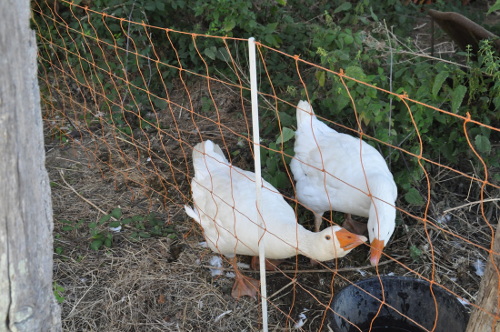
4. to be in a format which will allow individuals or couples to ‘sell’ on their investment in an open market:
The private dwelling in which the leaving individuals or couples reside will need to be ‘owned’ by them in a format which can subsequently be ‘sold’ on to newcomers – similarly, if those newcomers need to borrow monies to ‘purchase’ that dwelling, then the dwelling itself will need to be held by the owners in a format which would allow the dwelling to be offered as security to a lending institution.
5. to be in a format which will allow new cohousing members to ‘own’ rights to the shared common spaces and buildings:
At the same time as allowing individuals or couples to ‘own’ a private dwelling, they also have to ‘own’ a shared right in the community’s common spaces and buildings, and they need to be able to transfer that right to any new ‘owners’.
6. to be in a format which will allow the community to recoup a fair apportionment of the costs of developing and maintaining new and existing shared facilities from new as well as existing members:
In order to be able to develop and maintain shared common spaces, shared common buildings and shared facilities, the community will need access to an ‘income’ from individuals or couples who occupy the private dwellings, and the community will also need to ensure that that ‘income’ can, in some manner, be enforced.
7. to be in a format which will also allow the group to ensure that new members will take on their responsibilities and join in as part of the community i.e. to be in a format which will ensure, insofar as is possible, that those new members are ‘acceptable’ to the existing community:
I would suggest that the process of transference of rights to occupy a particular dwelling, and rights to share common facilities, needs to be ‘approved’ by other community members in some fashion so that they can be satisfied that the new members will be ‘good’ community material.
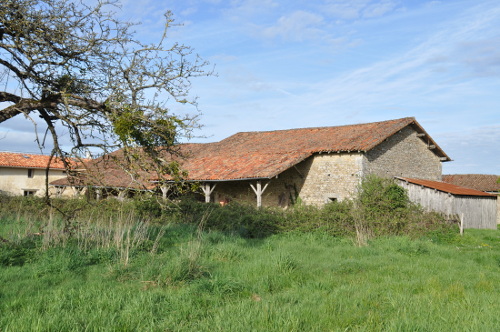
Common cohousing legal structures
The following are some of the legal structures which might be advocated by solicitors:
Company limited by guarantee
Company limited by shares
Co-operative Society
Community Land Trust
Mutual Home Ownership Society
Commonhold
Trust
Community Interest Company
Community Benefit Society
I have undertaken some research into the legal structures adopted by existing cohousing communites, and these in the main revolve around individual members ‘owning’ a long leasehold of their private dwelling, which they can then sell on at market rates. This certainly resolves the issue with them being able to offer security to a lending institution to enable them to fund such a purchase, but personally I fail to see how it addresses any of the other issues, and personally I also fail to see why individuals should benefit, to the possible detriment of the community, from any uplift in house prices which might well have occurred in the meantime as a consequence of works undertaken by the community. Should not one of the ideals of the community be that it should be self-perpetuating?
I have also undertaken some research into any ‘exit strategies’ that existing cohousing communites may have in force, and the only occasional strategy that I have come across is that individuals or couples should also sign a separate document to say that they will either offer the community a first option to purchase their property and/or that the community has to agree to the sale to particular new prospective members. Again, personally, I fail to see how either of those strategies would be enforceable.
On the other hand, I have seen, at first hand, the results of properties being ‘sold on’ without any community involvement – in that particular case, the ‘leaders’ of what is a flagship community said that they had not even seen new members prior to their taking occupation, and, in that same case, the lack of any community spirit was self-evident – the shared vegetable garden had not been tended for a long time.

Our structure
As a consequence of our own research and other experiences, we at Sunflower Cohousing decided to adopt the legal structure of a limited company, non-profit making, with shareholders. We all hold an equal number of shares, we have all invested equal amounts of money, and we all have an equal say. We have purchased a property in France with stone barns and a partially renovated house forming three sides of a quadrangle. New private houses are being built within the footprint of the existing barns, with these new houses overlooking a central, communal, courtyard. To the front of the houses are semi-private terraced areas abutting the central courtyard, and to the rear are totally private small gardens, with a shared vegetable allotment and further open communal spaces beyond.
We are not looking to profit on our works to date, and our intention is to ask new members to invest the same equal amount of money, in return for an equal shareholding in the property and the community as a whole, an equal say in how monies should be spent, and an equal say in day-to-day matters. Part of the monies invested would be used to build further similar new houses for those new members to occupy in private. Shares would only be transferred to new members, giving a right to occupancy of a particular dwelling, if those new members were ‘acceptable’ to all of the existing community members.
The downside of the above is that new members would not be able to trade their individual properties on the open market, but would instead need to trade their shareholding in the company. This in turn means that new members would not be able to secure loans should they need to do so, but I personally believe that our community could borrow monies secured against the property as a whole, lend those monies to new members, and who would then return those monies to the community to construct a new house and share in the cost of developing shared facilities. This is a discussion we need to have as a group.
New members would also have an equal say, and it may well be that they would have fresh ideas as to how we should proceed – if they can convince the other members of the community, then they would be perfectly entitled to see those new ideas put into practice.
The views expressed in our blog are those of the author and not necessarily lowimpact.org's
1 Comment
-
1sallyjc August 6th, 2018
Bridport Cohousing CLT: If you are interested in joining an established cohousing group getting ready to build new homes and a common house near the sea in Dorset, UK, take a look at our website as we have space for a few more members who want to buy in. We have bought the land and have planning permission, hoping to start the build very soon.




 Life in an intentional community – a healthier and more sustainable way to live
Life in an intentional community – a healthier and more sustainable way to live
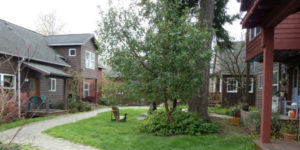 Living together 1: exploring the options for starting a cohousing project
Living together 1: exploring the options for starting a cohousing project
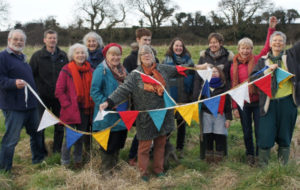 Living together 2: community land trust – interview with Monica King of Bridport Cohousing
Living together 2: community land trust – interview with Monica King of Bridport Cohousing
 Living together 4: how to turn a row of terraced houses into a housing co-op
Living together 4: how to turn a row of terraced houses into a housing co-op
 Living together 5: commonhold for cohousing projects – interview with Peter Burke of A Fairer Society
Living together 5: commonhold for cohousing projects – interview with Peter Burke of A Fairer Society
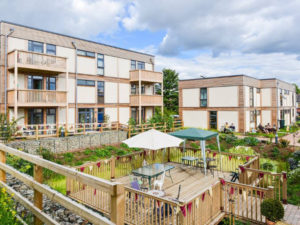 Cohousing
Cohousing
 Community land trusts
Community land trusts
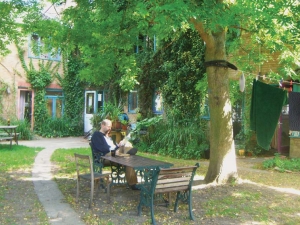 Housing co-operatives
Housing co-operatives
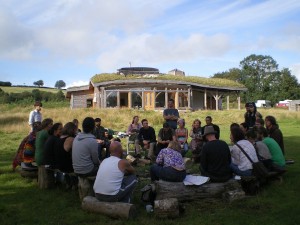 Intentional communities
Intentional communities
 Commons economy
Commons economy


